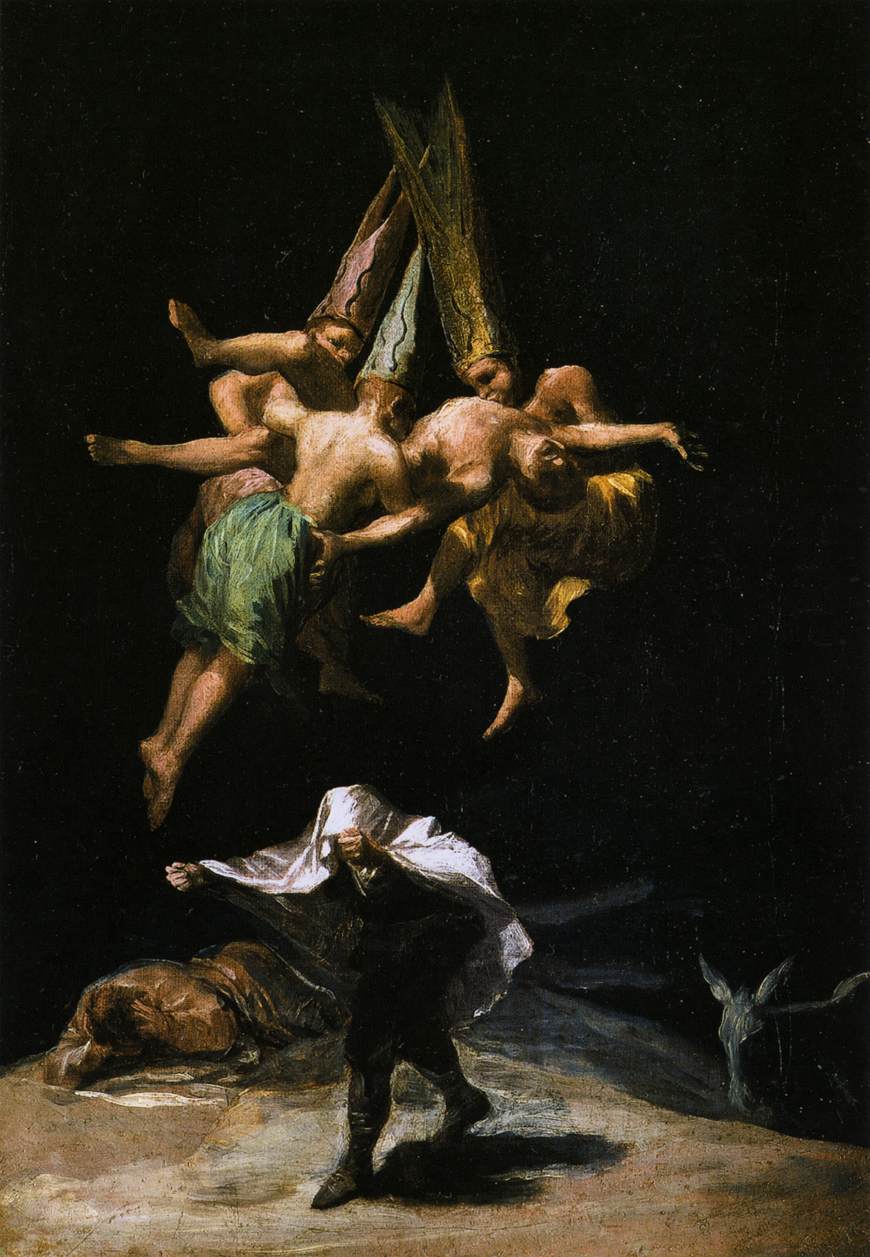Testimonies of the Arts Helping People With Mental Health Problems
The painter Vincent van Gogh is well-known for his artwork and for a particular aspect of his personal life: the post-impressionist spent some fourth dimension in a psychiatric clinic. There, he produced works of art such every bit Starry Night and many of his famous self-portraits.
Besides suffering from feet and depression, the artist also faced a crisis of epilepsy. Some experts believe that the painter as well suffered from a xanthophyll overdose – and this factor affected his art, since Van Gogh was able to see more yellow colors, he intensified yellows in his paintings.
In addition to Van Gogh, many other artists had similar issues. Today we'll introduce four artists who suffered from mental illness – and how it affected their art.
1. Louis Wain
Louis Wain was an English illustrator born in 1860 who became well known for his illustrations of anthropomorphic cats.
The big-eyed cats, who are usually in social situations, such every bit games or dating, were not initially created on a commission. Although Wain was already known by the public, he began to draw cats to amuse his wife.

Unfortunately, shortly after he married, Wain lost his wife to cancer. And her death was the trigger for a deep depression in the creative person's life.
At age 57, he was diagnosed with schizophrenia, a disorder that affects not merely a person's manner of thinking, just also their behavior. Wain began to act aggressively, and so spent the last 15 years of his life in psychiatric institutions.
It was not but his personality that was affected: Wain'southward works of fine art also began to have a style less and less similar to his initial artworks. His cats, previously smiling and cuddly, began to show different traits, they became more geometric and more colorful. Near of these psychedelic kittens were built-in when Wain was hospitalized in Napsbury Hospital, where the creative person eventually died.

ii. Edvard Munch
"I can not go rid of my illnesses, for in that location is a lot in my art that exists only because of them," wrote the Norwegian painter Edvard Munch, famous for the painting The Scream, and for being i of the main artists of the expressionist movement.
Munch's family background already predisposed him to possible mental health problems. His mother and ane of his sisters died of tuberculosis when he was very young. His father suffered from depression and his other sister was diagnosed with schizophrenia. Munch did not get unscathed. He had a mental breakup in 1908, which was aggravated past alcoholism, and he was admitted to a mental wellness clinic in Denmark.
In addition to the known mental problems, the painter still faced other problems: in 1937, his works were confiscated by Hitler'due south government, and labeled by the dictator "degenerate art".
Munch wrote that "sickness, madness, and expiry were the blackness angels that guarded my crib," and he fifty-fifty came to be diagnosed with neurasthenia, a clinical condition associated with hysteria and hypochondria. His work is characterized by figures whose sense of despair and anguish are evident. The strokes and colors that Munch uses in his compositions oft demonstrate his own state of listen.

3. Francisco de Goya
The third creative person on our list is the Castilian painter Francisco de Goya. At 46 years former, Goya was confined to bed, had lost hearing, and was very sick with something that was not diagnosed at the fourth dimension. His deafness had several explanations, such equally syphilis or atomic number 82 poisoning. Still, the artist as well showed signs of mental disorders which affected his work.
More than electric current speculation suggests that Goya suffered from Susac Syndrome, a illness that, in addition to causing hearing loss and vision, also causes encephalon and balance problems.
Attacks of hallucination and delirium were too frequent during the nearly critical period of the painter's disease. External factors such every bit the Napoleonic Wars deeply marked the painter, besides. In his works, he portrayed the gravity of human melancholy, with paintings depicting human being suffering condign more and more than common.

4. Yannoulis Chalepas
The Greek Yannoulis Chalepas is a unlike case. Not but is he the only sculptor on our list, but the mental disease he had had no direct consequence on his way. Yet, he spent several decades without producing anything or destroying his works as soon as he created them.
Chalepas began his artistic career relatively quietly and fifty-fifty opened an atelier in Athens later on studying in Munich. However, around 1878, he began to show the first symptoms of mental disease. 10 years afterwards, he was diagnosed with dementia, being only 36 years sometime.
Chalepas' mother believed that art was actually responsible for his son'south mental state, so she tried to keep him abroad from sculpting. Only afterwards her decease in 1916 did he really return to work. Researchers hold that in this period he began to create sculptures with more freedom and was not then attached to neoclassical ideals.

The subject field of mental illness and art has often been discussed, especially in recent years. It is undeniable that at that place is a relationship, especially if we retrieve of art as an simple form of human communication. From this perspective, artistic production would not merely be a response to disease but a form of output, a release valve.
Find out more:
- If you liked this article, run across also this video:Fine art and Mental Disorders – How are they related?
whitfeldparsettern67.blogspot.com
Source: https://www.dailyartmagazine.com/artists-who-suffered-mental-illness/